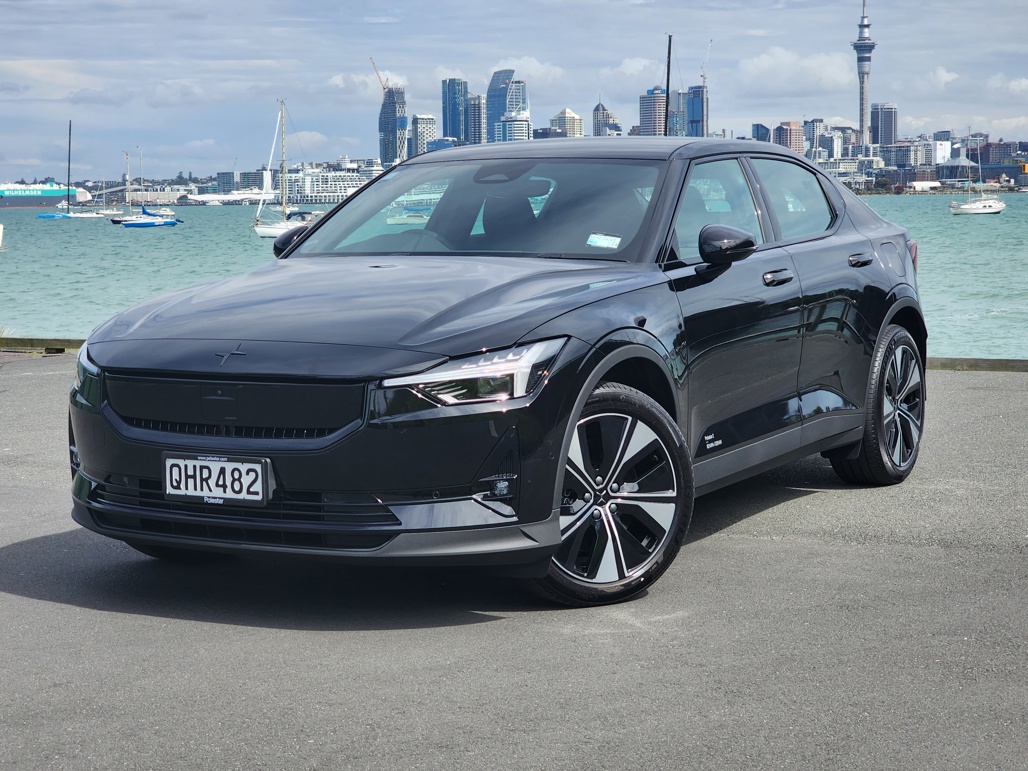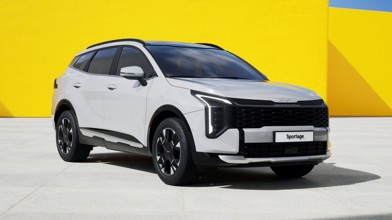Polestar, the cutting-edge electric vehicle (EV) manufacturer, has always been at the forefront of automotive innovation.
The CEO of Polestar, Thomas Ingenlath, recently announced a significant shift in the company's lineup, marking the end of the Polestar 2 and the dawn of the Polestar 7.
Speaking with Autocar, Ingenlath highlighted the evolutionary leap the company plans to make with its upcoming models.
Out with the old, in with the radical

The Polestar 2, known for its blend of performance and practicality, will not see a like-for-like successor.
Instead, the Polestar 7 is set to take its place, promising a departure from the conventional to embrace the extraordinary.
Ingenlath kept the specifics under wraps but teased a "groundbreaking design" and unique features to distinguish it from its competitors.
"What type of car and how we will do it, we can discuss when it's time," Ingenlath stated, indicating that the Polestar 7 will cater to the same customer base but with a fresh perspective.
Breaking free from tradition

Drawing parallels with the Volkswagen Golf, Ingenlath expressed the desire to avoid the limitations of sticking too closely to a successful formula.
The Golf, synonymous with the compact hatchback segment, exemplifies the challenges of innovating within a well-defined category.
"It's very limiting in terms of innovative power because you're always back in the box of what the 'Golf' should be," Ingenlath explained, underlining Polestar's ambition to redefine EV standards.
What to expect from the Polestar 7

While the Polestar 2 is underpinned by the Compact Modular Architecture (CMA) platform, its successor is likely to utilize a refined version of the Sustainable Experience Architecture (SEA) platform.
This architecture supports a range of vehicles within the Geely group, offering potential advancements in range, performance, and efficiency by 2027.
Although the Polestar 2's successor might not match the Polestar 4's blistering acceleration, significant improvements in key metrics are anticipated.
Market challenges
Ingenlath also shed light on Polestar's evolving business strategy following Volvo's stake reduction to 18 per cent.
This move is part of a broader plan to diversify financing sources beyond the parent companies, Volvo and Geely.
"It was always clear that the money shouldn't just come out of the pockets of the owners," Ingenlath remarked, signalling Polestar's push towards financial autonomy and expansion.
Addressing the broader industry landscape, Ingenlath critiqued Europe's cautious stance towards new technology, arguing that this hampers innovation.
The CEO is notably opposed to potential tariffs on affordable Chinese cars, emphasising the importance of open markets for the growth of international companies and technological progress.





